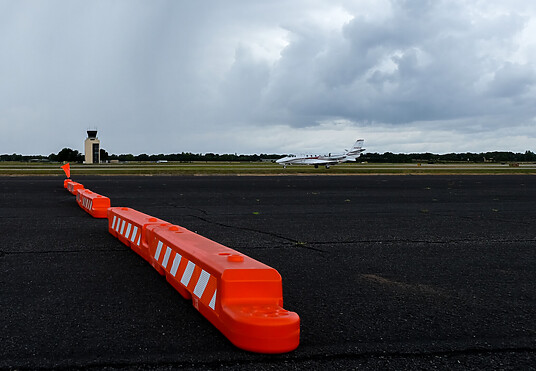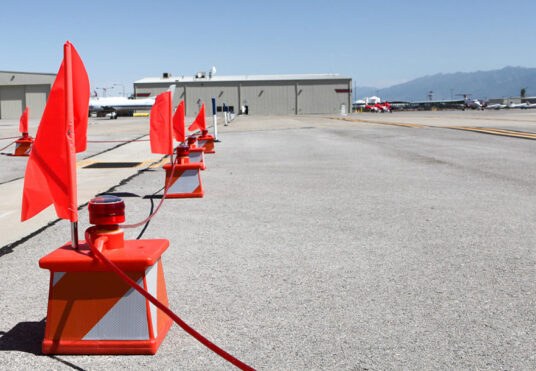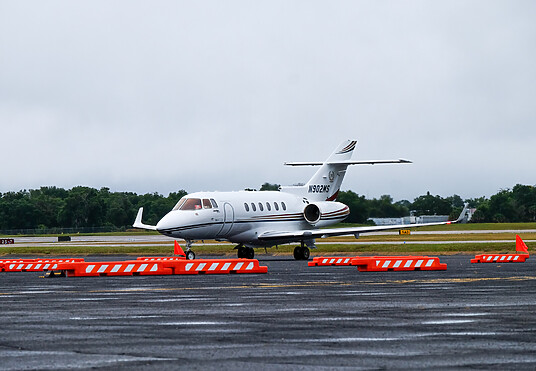How to Know an Airport Barricade Light Is a Good Light
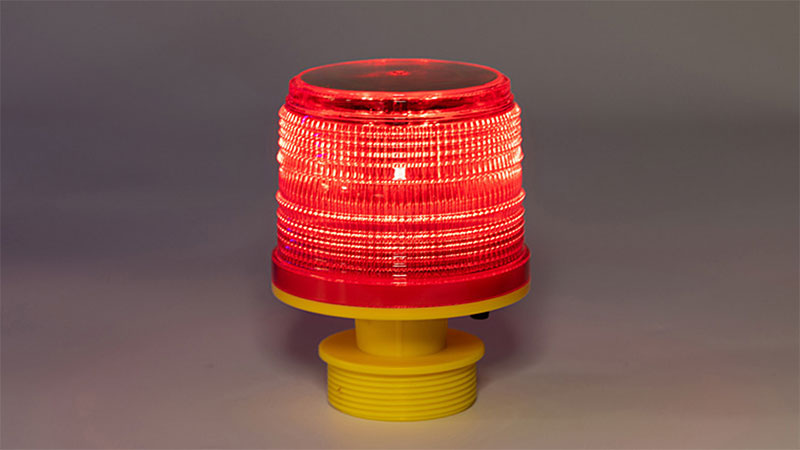
Using barricade hazard lights is important for maintaining the safety of drivers as well as potential workers. So, it makes sense that purchasing a good light is a high priority for companies using barricades or traffic cones. But how can you tell if a light is good or not? What actually makes them different from each other and what factors make them top-notch?
Exceptional Visibility
The purpose of barricade hazard lights is to bring attention to the surrounding safety equipment in the event of rain, fog, a storm, or during the night when it is more difficult to see. By either blinking or remaining on to emit a steady stream of light, motorists and pedestrians will be made aware of its location and hopefully prevent them from crashing into any barricades or equipment. This is why a good light should be capable of producing strong beams to cut through difficult visibility. By looking at a light’s nominal night range, you should be able to see how far away the light will be seen. Typically an LED light is going to shine brighter than an incandescent one. However, the positioning of light also plays a part in visibility. 360 degree directional light is critical for airports due to incoming planes and ground traffic.
In terms of what you’ll likely read in a product description, let’s look at an example! Our dual-mode hazard light has a nominal night range of 2 miles or 3.2 kilometers with a 360° horizontal output. This means it can be seen from two miles away from any angle. It also has four red LEDs with an effective intensity of 8 candela. Considering a common wax candle emits light with a luminous intensity of roughly one candela, eight times that can be pretty powerful.
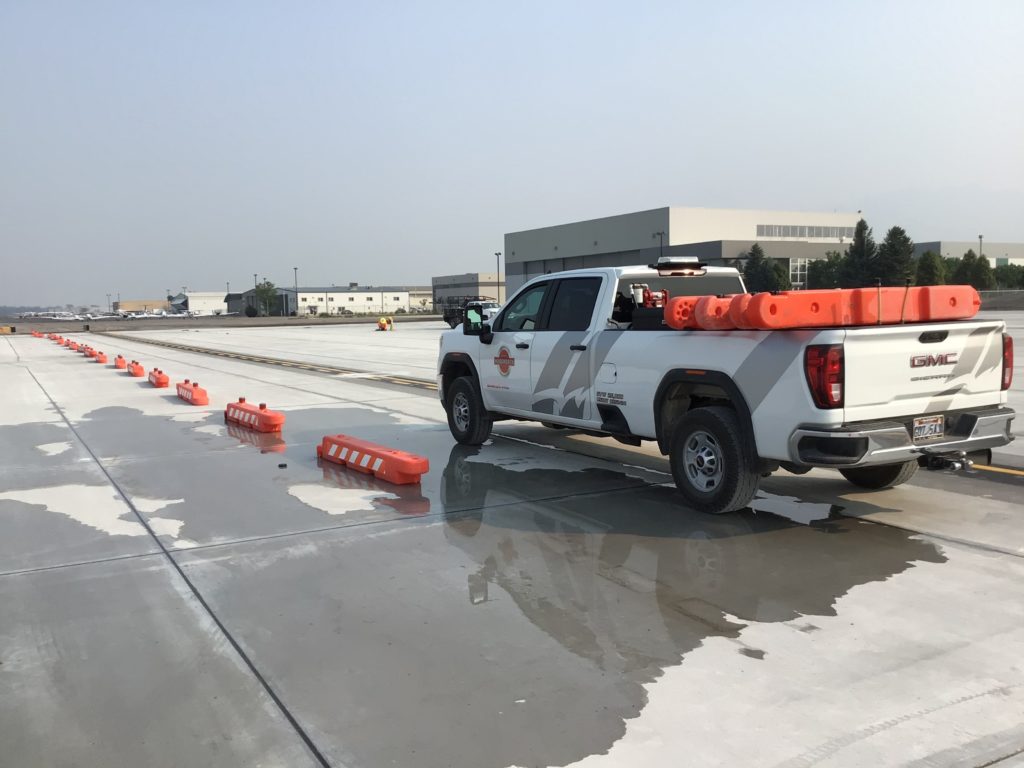
Diverse Uses
When buying an airport barricade light, you want to get the most “bang” for your buck, which means looking for diverse uses in one light. For example, our dual mode hazard light allows for flashing or constant light, meaning you can use the same light for different project needs. Further, you can attach our lights to both a 10” low-profile barricade and a 24” mid-profile barricade so they can be used in even more locations at the airport. Instead of purchasing two lights when one will do the trick, you can save money and storage space by finding lights that have multiple uses.
Highly Resistant
A high-quality hazard light should be able to withstand the elements of nature without much of a problem. They wouldn’t be much use to outdoor barricades and construction sites if they shorted out each time it rained, would they? While most barricade lights aren’t going to fizzle out because of a little drizzle ― at least they shouldn’t ― a good one can take on heavy downpours of rain without failure, not degrade around construction zones that are filled with flying dust, stand up to strong winds that might otherwise tear down lower quality lights, and still function during extreme temperatures. A light that can still get the job done when subjected to freezing temperatures well into the negatives or scorching in ones of up to 150 degrees Fahrenheit is the very definition of resistant.
Further, you should always ask about Ingress Protection which classifies and rates the degree of protection provided by mechanical casings and electrical enclosures against intrusion, dust, accidental contact, and water. For example, our dual-mode hazard light is water and dust resistant to IP65 standards. This means it is dust tight, where no dust enters the light. To test this, a vacuum is applied for up to 8 hours based on the airflow. It also means water projected from a nozzle (0.25 in) from any direction won’t have any harmful effects. To test this, the lights are sprayed 1 minute per square meter for at least 3 minutes with 12.5 litres of water per minute at 4.4 psi from a distance of 9.8 feet.
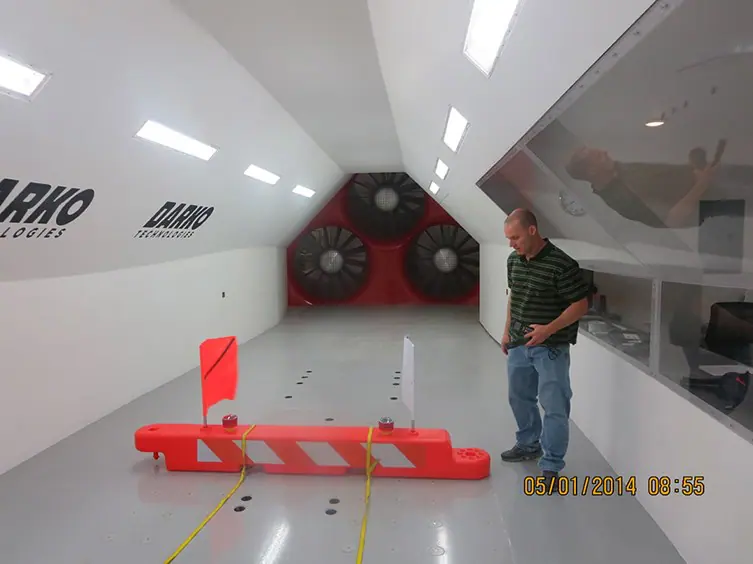
Extremely Reliable
When choosing a good light, it’s comforting to know that it will be worthwhile. Don’t settle for a cheap light that may give out after a few months of use. Instead, opt for something reliable, like a heavy-duty dual-mode hazard light that is durable enough to last a while, and is equipped with powerful batteries, or even a solar-powered one. Solar-powered lights are mostly self-sufficient, so they will continue to shine as long as they can obtain light from the sun during the day.
Reliable lights aren’t just those that can power themselves, but also those that are capable of activating depending on the amount of surrounding light. By shutting down when it is bright and being triggered on as it gets dimmer, these lights can last an incredibly long time. Speaking of saving power, LED lights are not only brighter than regular incandescent ones, but their power-saving qualities allow them to last four to five times longer, too! While they are more expensive, you won’t be replacing them nearly as often.
Be sure to take the time to research a light to make sure it will prove reliable in the future. You may be keeping lights in stock at your airport for multiple reasons, so whether they’re in use or waiting for the opportunity, you want to be sure they’ll work. One of our customers at Gunnison-Crested Butte Regional Airport has had their lights for over 7 years and they still work just as well as the day they were bought.
Looking for a Good Airport Light?
There are several variables that go into making a high-quality Airport light, and being able to identify these traits will make choosing ones for your barricade quick and easy. If you’re looking for efficient and affordable lighting for a barricade, OTW Safety can help you out. We have a selection of lights available, such as military-grade, solar-powered, and more! Interested? Contact us today or call (801)-285-6461 to learn more.
Your Guide to Buying Airpot Lights
If you’re looking for a handy checklist to use when you’re shopping for airport lights, download “Your Guide to Buying Airport Lights” by filling out the form below:
